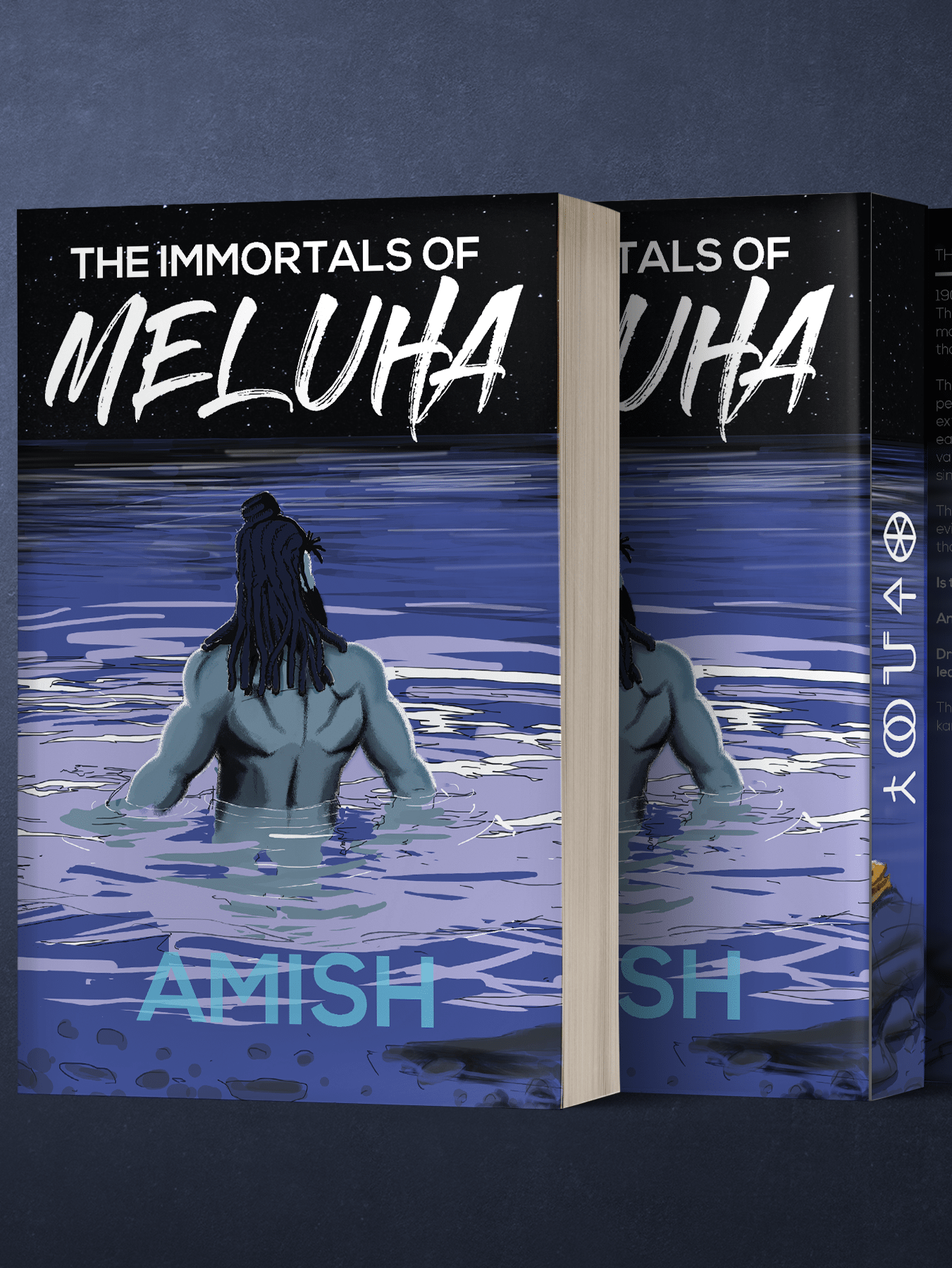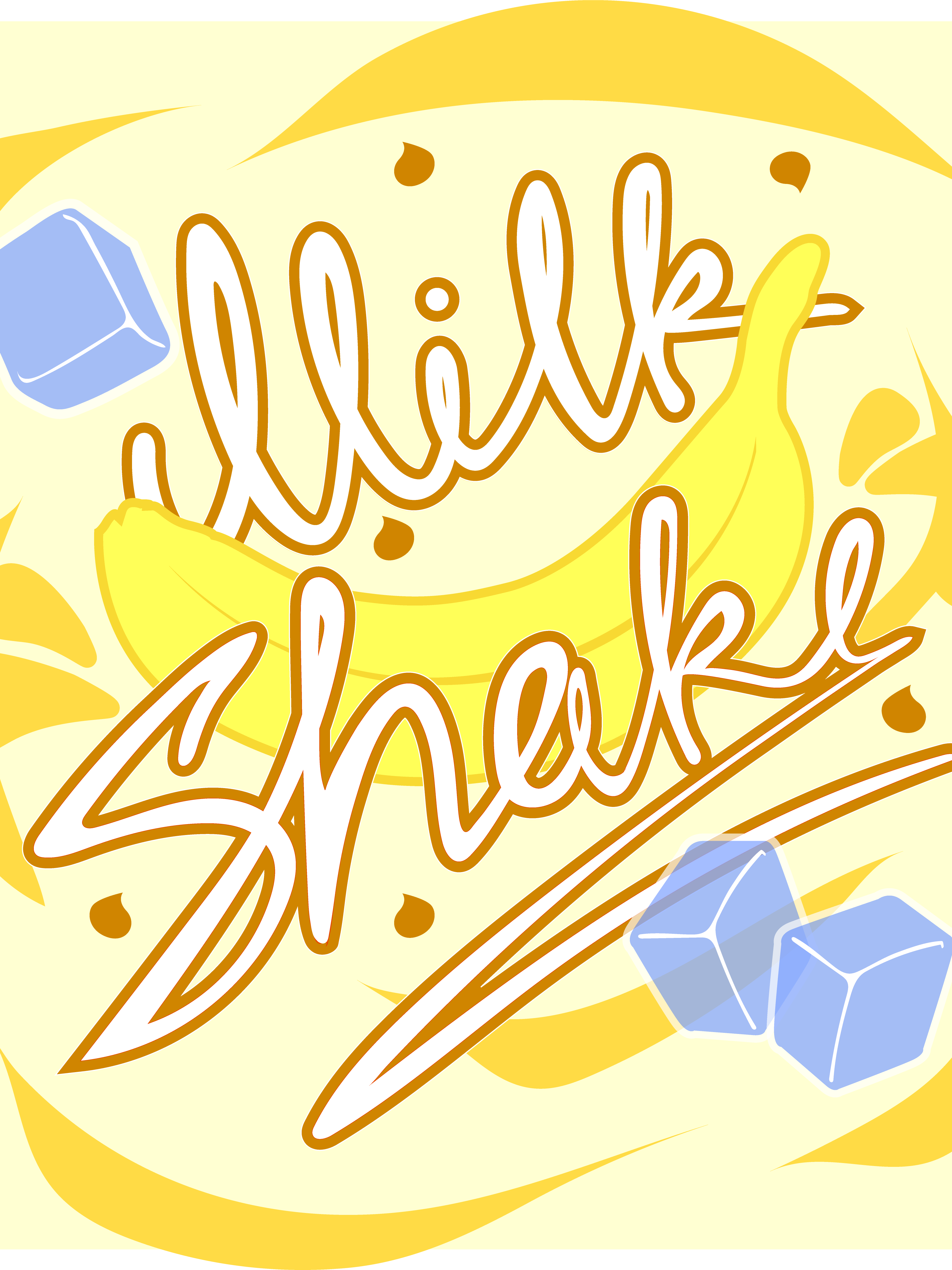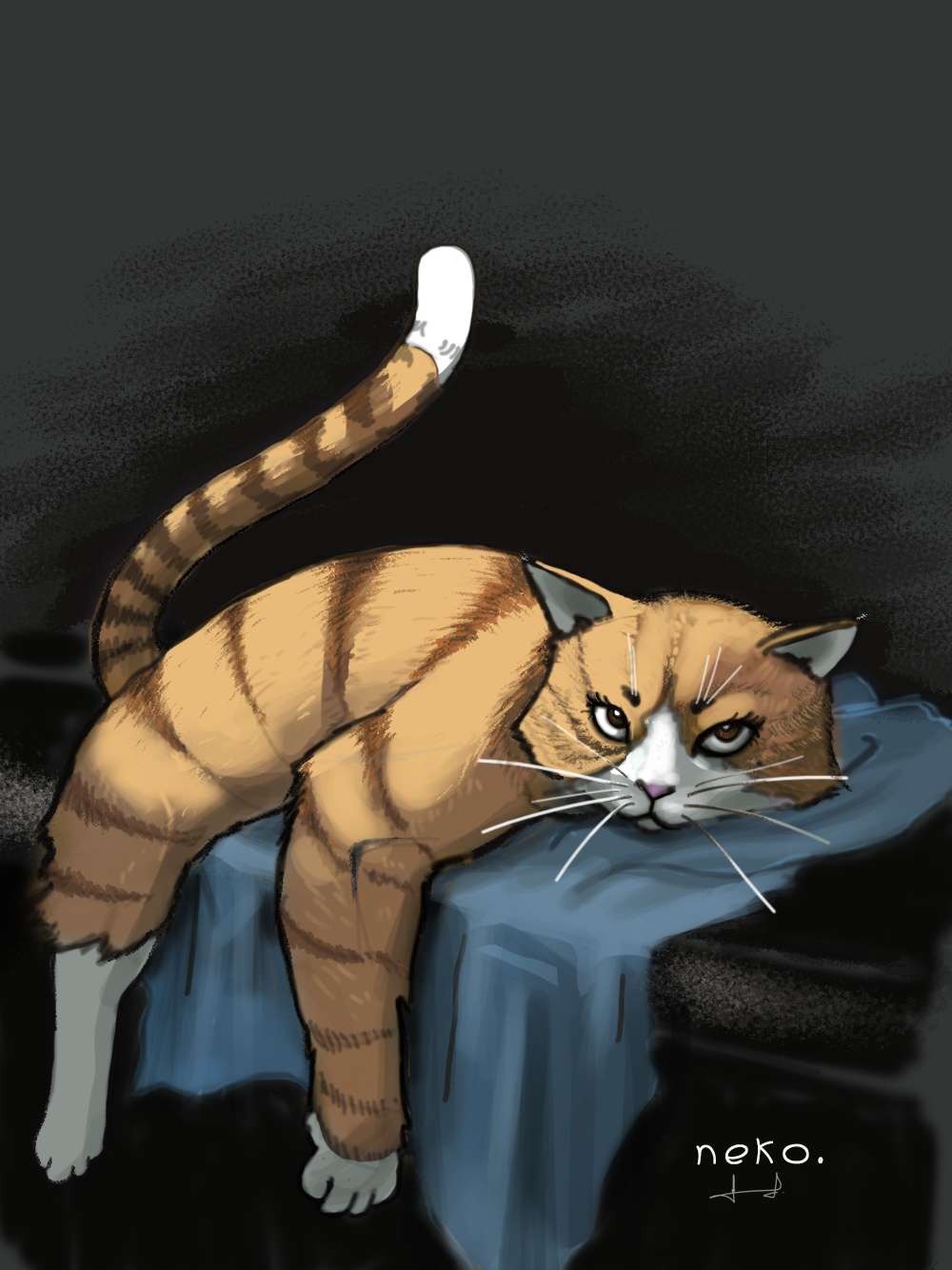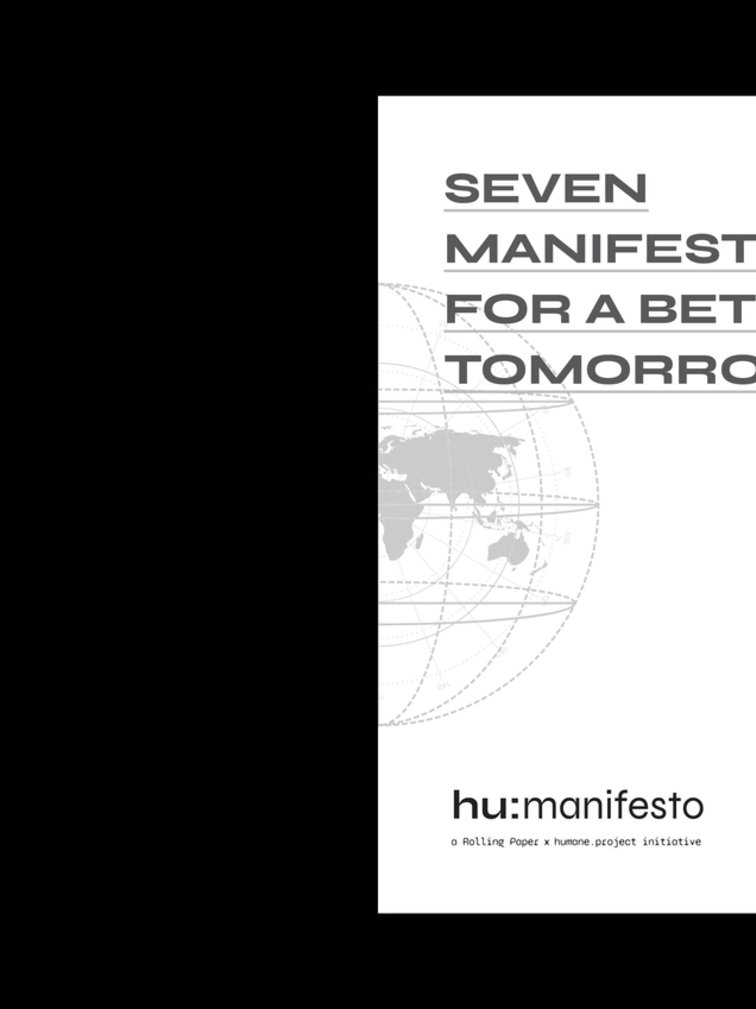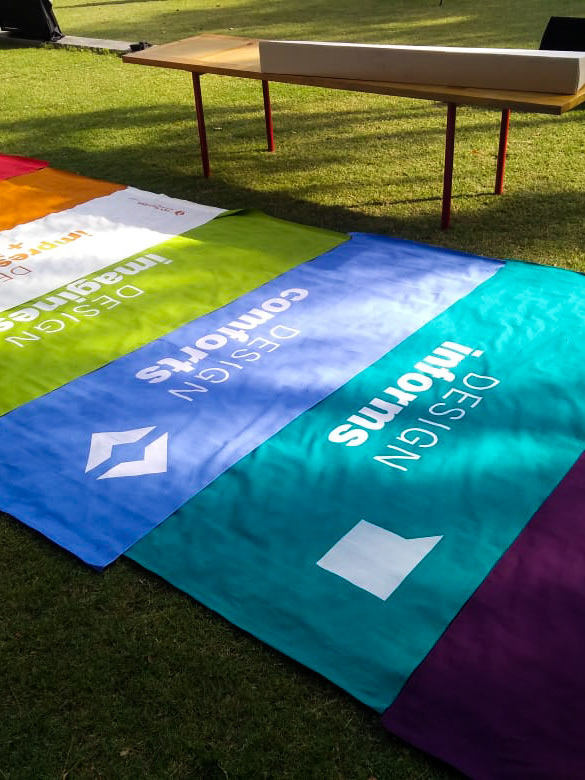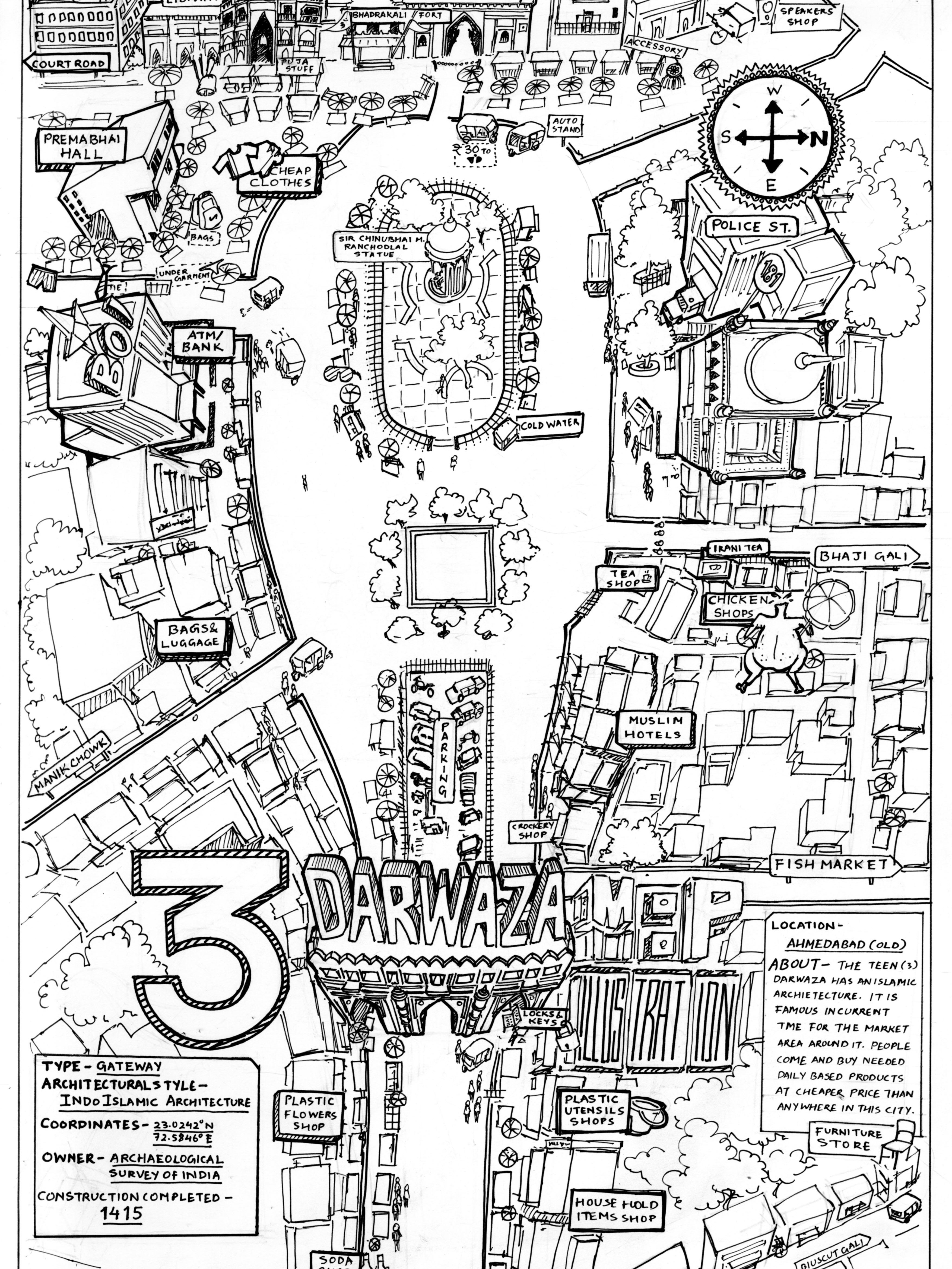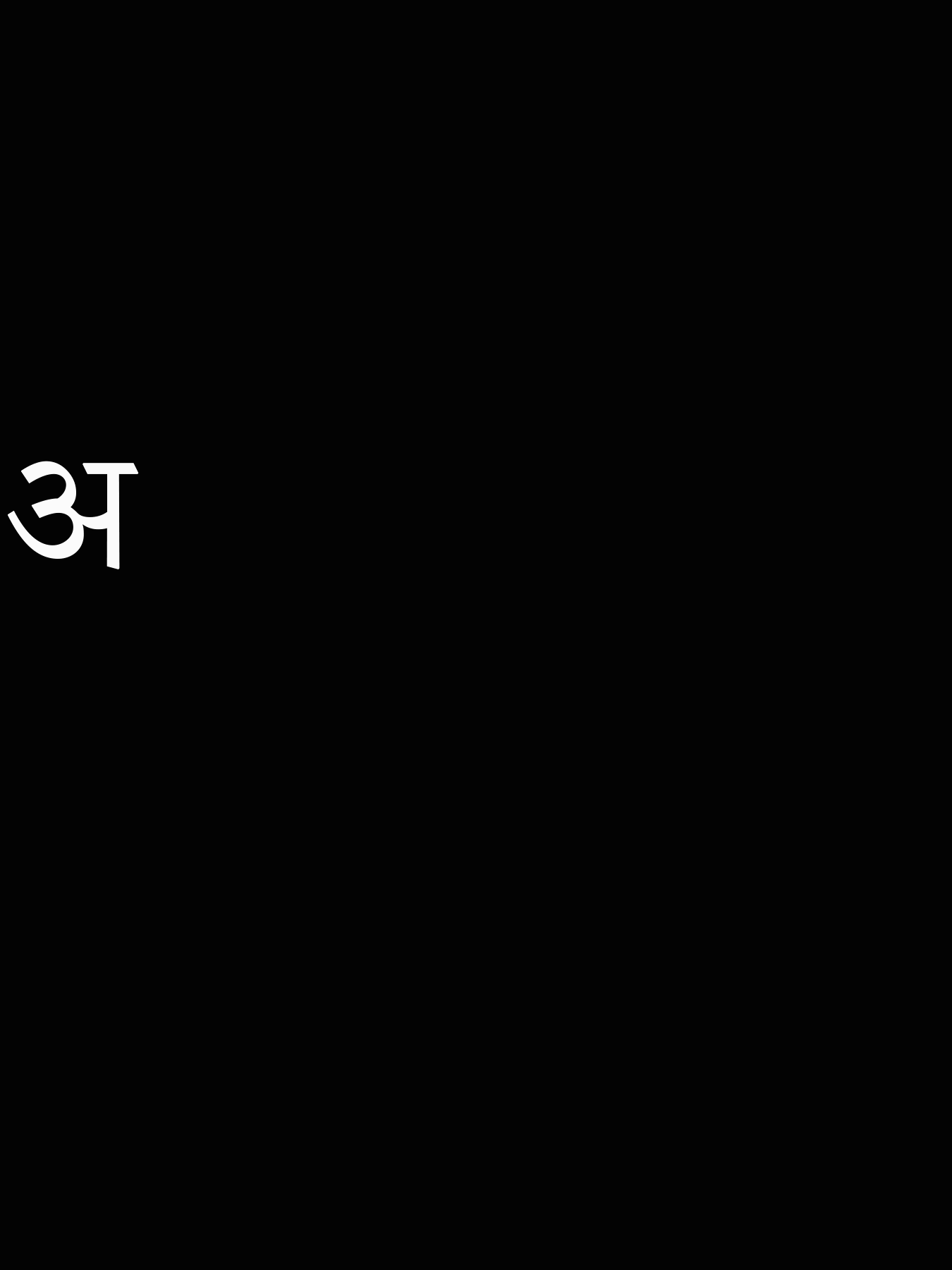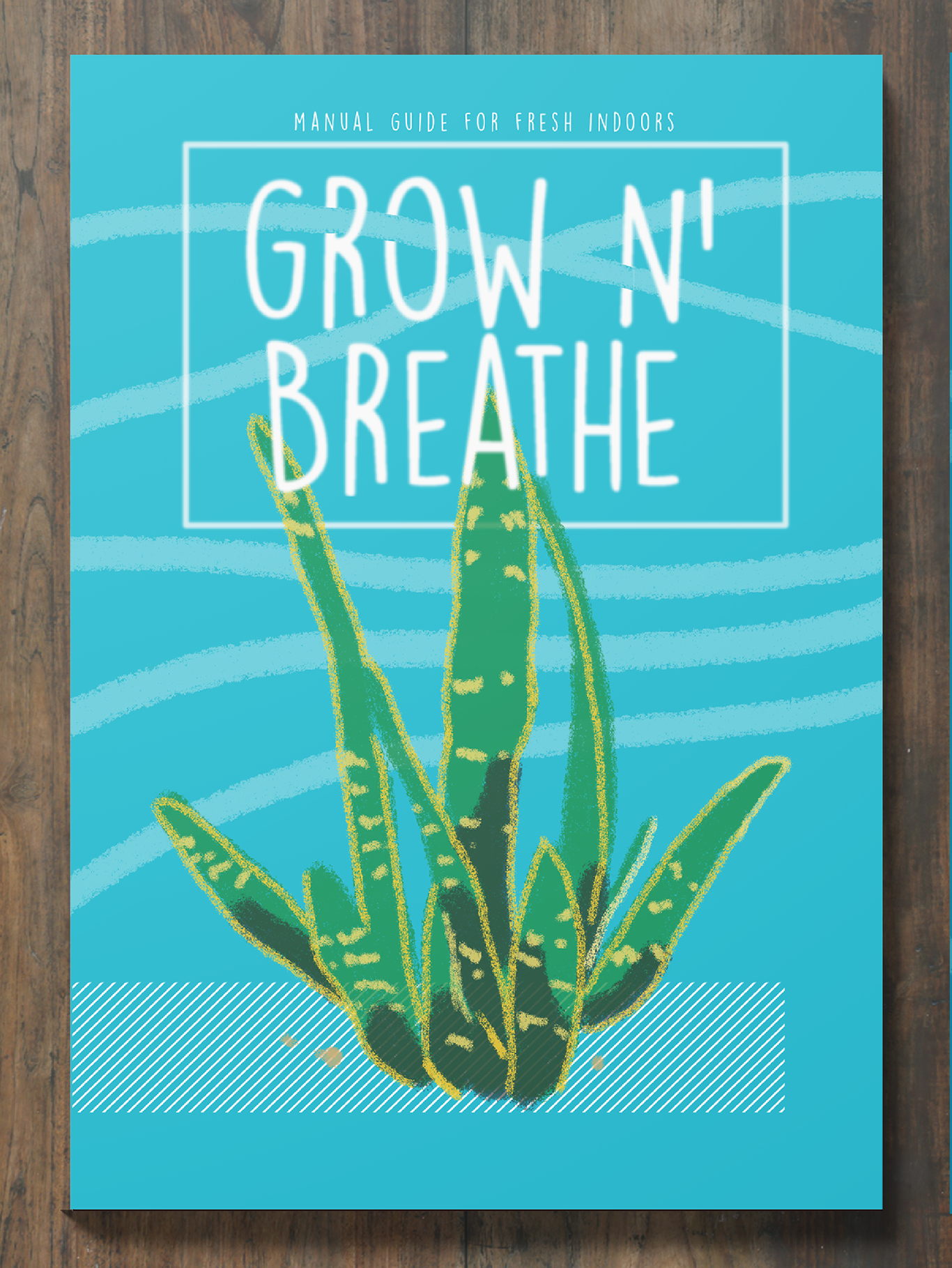A visual pun is a pun involving an image or images (in addition to or instead of language), often based on a rebus (a puzzle in which words are represented by combinations of pictures and individual letters).
A+ E = Æ ?
This exercise is a part of the academic classroom curriculum under the course of Visual Thinking. It was assigned that to create visual puns, two or more images should converge to obtain different but meaningful words or situations.
Task 1 - Word Pun ( Merge two or more different images to make a single word )
From the above explorations "Cock-block" and "Petrol" was selected
Final Deliverables
Cock-block : Merged with a Rooster and a Cinderblock
It is a slang term for an action, intentional or not, that prevents someone
from having sex. Such behavior is said to be motivated by jealousy
or competitiveness, although it is sometimes accidental or inadvertent.
from having sex. Such behavior is said to be motivated by jealousy
or competitiveness, although it is sometimes accidental or inadvertent.
Pet-Roll (petrol) : Merged from with a pet and a indian street food called the roll's
Task 2 - Situational Pun ( create a situation from famous quotation, line, phrase or lyrics, that contradicts a rather different scenario )
from above the 3rd one " ठंडे ठंडे पानी से नहाना चाहिए " ( Thande Thande Pani se Nahana Chahiye ) was selected.
Final Product
About the Situational Pun :
This phrase was taken from a song title “ Thande Thande Pani Se Nahana Chahiye ” meaning “ We should bathe from cold Water” from the movie : Pati Patni Aur Woh (1980). The artist of the song are : Mahendra Kapoor & Asha Bhonsle. This phrase is very popular and well known among the Indian audience.
The poster is however showcasing about the declining rate of Coral Reefs due
the impact of Global warming. The very recent studies have revealed that 50% of
the world's coral reefs have already been destroyed, and another 40% could be lost over the next 30 years to come in future.
the impact of Global warming. The very recent studies have revealed that 50% of
the world's coral reefs have already been destroyed, and another 40% could be lost over the next 30 years to come in future.
The continuous carbon emission on planet earth is the biggest cause which is still trapped in the atmosphere. The carbon is capable of storing heating and hence this also affects the oceans given also it pollutes the seawater. The heat transferred to the water from the atmosphere resulting the change as rise in temperature of water. Corals due to their high sensitivity to rising seawater temperatures, ocean acidification, water pollution from terrestrial runoff could not sustain life.
At mere changing rate of 2°C / year the greatest coral reef in the pacific ocean near Australia namely the Great Barrier Reef (GBR) composed of over 2900 individual reefs and 900 islands stretching for over 2300 kilometer is declining with an alarming rate.The marine park Authority considers the great threat to the GBR to be climate change, causing ocean warming which increases coral bleaching. Mass Coral bleaching due to marine heatwaves occurred in the summers of since 1998. Coral Bleaching events leads to increased disease susceptibility, which causes detrimental ecological effects for reef communities. Bleaching events in benthic coral communities (deeper than 20 metres
or 66 feet) in the Great Barrier reef are not as well documented as those at shallower depths, but recent research has shown that benthic communities are just as negatively impacted in the face of rising ocean temperatures. Five Great Barrier Reef species of large benthic corals were found bleached under elevated temperatures, affirming that benthic corals are vulnerable to thermal stress.

